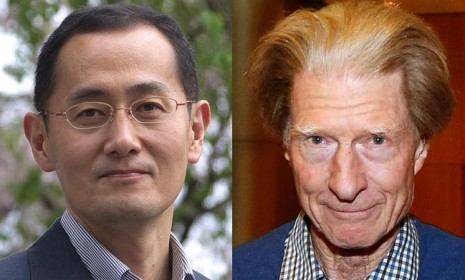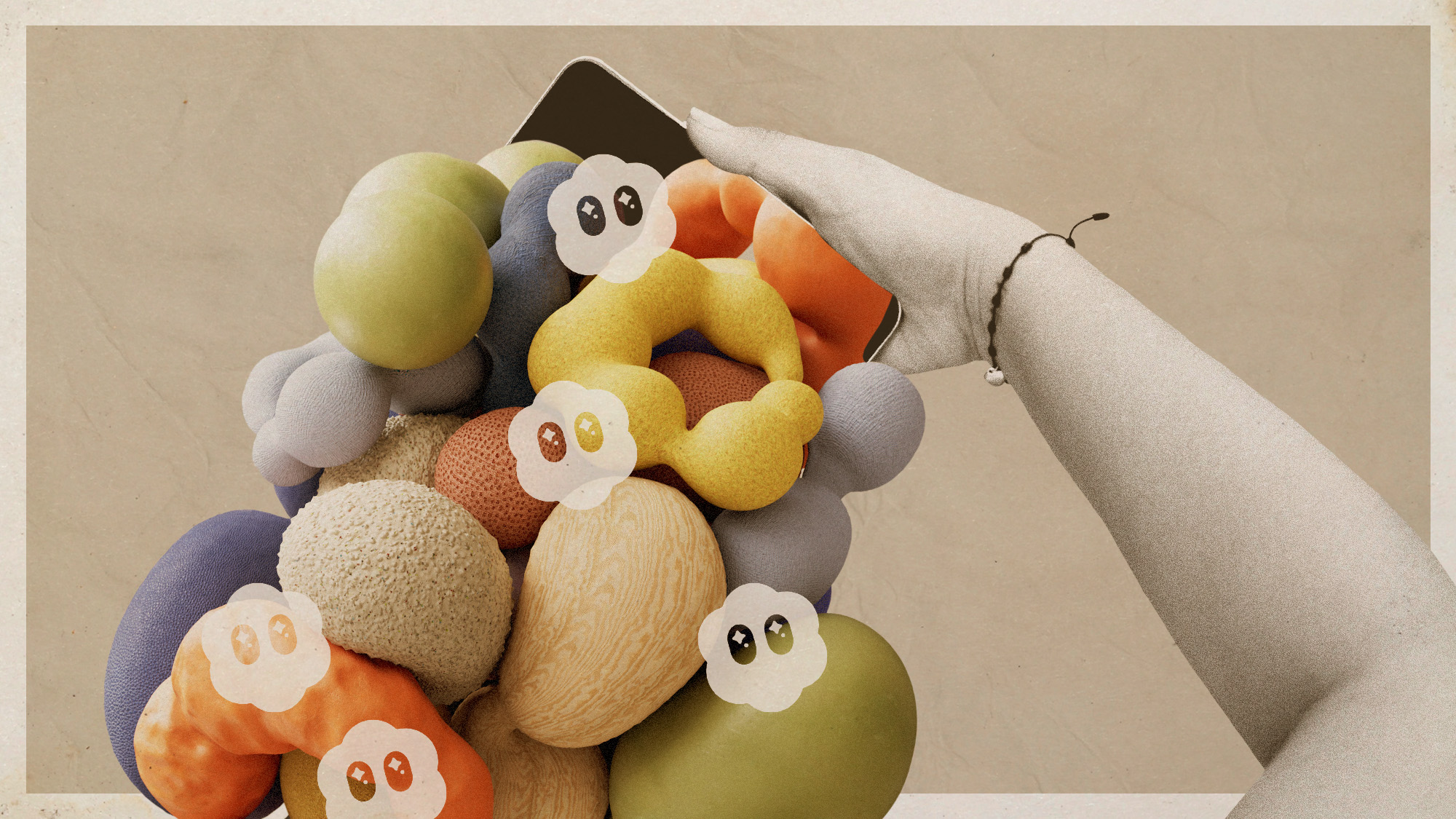The stem-cell breakthroughs that won the Nobel Prize: A guide
Two scientists who each made a major discovery — four decades apart — share the science world's prestigious award

On Monday, the Nobel Prize in Medicine was awarded to two biologists for their breakthroughs in the field of stem-cell research — two discoveries that happened 44 years apart. The honors go to Britain's Sir John B. Gurdon and Japan's Shinya Yamanaka for their pioneering work with the life-shaping cells, which can be reprogrammed to create any kind of tissue in the body. Here, a concise guide to Gurdon and Yamanaka's contributions to the field of medicine:
What were they awarded the prize for?
Both discoveries "concern the manipulation of living cells," says Nicholas Wade at The New York Times, which lies "at the heart of the techniques for cloning animals" and curing a wide variety of diseases, including Parkinson's and Alzheimer's. The "primitive cells" are incredibly malleable, and can be programmed to mature into other tissues, including skin, vital organs, and more.
The Week
Escape your echo chamber. Get the facts behind the news, plus analysis from multiple perspectives.

Sign up for The Week's Free Newsletters
From our morning news briefing to a weekly Good News Newsletter, get the best of The Week delivered directly to your inbox.
From our morning news briefing to a weekly Good News Newsletter, get the best of The Week delivered directly to your inbox.
Where do stem cells typically come from?
Embryonic stem cells are usually taken from early-stage human embryos, with the embryos being destroyed in the process. That's why stem-cell research is fraught with religious and moral issues, with critics often arguing that scientists are overstepping their boundaries by manipulating stem cells. The next generation of researchers, building upon the body of work started by Gurdon and Yamanaka, are looking into new techniques that sidestep ethical considerations by taking stem cells from other sources.
Specifically, what kind of work did Dr. Gurdon do?
In 1962, the year Yamanaka was born, Gurdon demonstrated that the DNA in frog tissue could be used to generate a fresh batch of tadpoles, says Karl Ritterlouise Nordstrom of The Associated Press. Gurdon's technique involved extracting the frog's chromosomes from an adult intestinal cell and injecting it into an empty frog egg, which was able to "reprogram" the new nucleus to switch its directive over to tadpole-making. At first his work was "greeted with skepticism," says the Times' Wade, because it "contradicted the textbook dogma" that mature cells are irrevocably set in their specific functions. The process itself was little understood, and it wasn't until more than four decades later in Dr. Yamanaka's labs that the reason behind this reprogramming was finally revealed.
A free daily email with the biggest news stories of the day – and the best features from TheWeek.com
And what did Dr. Yamanaka find?
In 2006, Dr. Yamanaka's research showed that four specific genes control the agents in the egg. Using mice, Yamanaka discovered that mature skin cells could be reprogrammed to become any other kind of cell, which he called inducted pluripotent stem cells (iPS) — basically the equivalent of embryonic stem cells. iPS cells can be taken from adult nerve, heart, or liver cells, and unlike their embryonic cousins, could be taken without destroying human embryos.
What do the scientists get for their discoveries?
Gurdon, 79, and Yamanaka, 50, will share the $1.2 million prize for their work, which the Nobel committee says has "revolutionized our understanding of how cells and organisms develop." In an interview, Dr. Yamanaka said, "My goal, all my life, is to bring this technology... to the bedside, to patients, to clinics." When asked if he planned to celebrate, Dr. Gurdon said he was invited to drinks at 6 o'clock. "I intend to attend those drinks," he dryly told the AP.
Sources: AFP, The Associated Press, LiveScience, The New York Times
-
 ‘Managed wildfires have spread out of control before’
‘Managed wildfires have spread out of control before’Instant Opinion Opinion, comment and editorials of the day
-
 Separating the real from the fake: tips for spotting AI slop
Separating the real from the fake: tips for spotting AI slopThe Week Recommends Advanced AI may have made slop videos harder to spot, but experts say it’s still possible to detect them
-
 Europe sets 2027 deadline to wean itself from Russian natural gas
Europe sets 2027 deadline to wean itself from Russian natural gasIN THE SPOTLIGHT As international negotiators attempt to end Russia’s years-long invasion of Ukraine, lawmakers across the EU have reached a milestone agreement to uncouple the continent’s gas consumption from Moscow’s petrochemical infrastructure